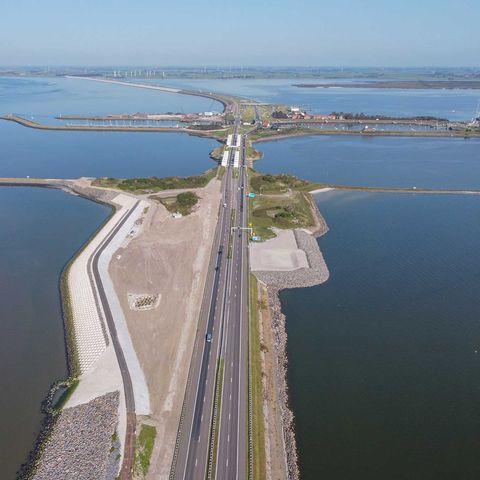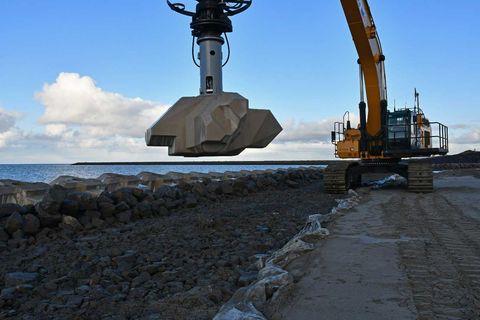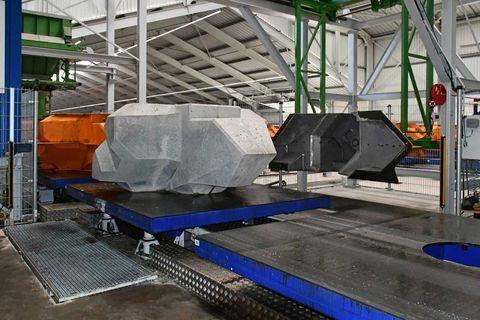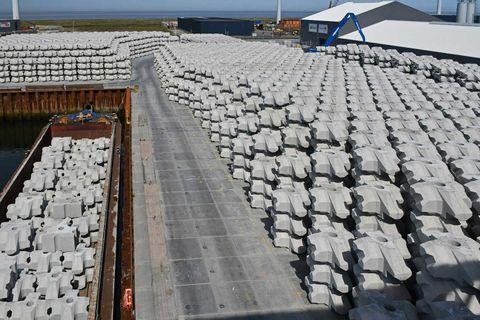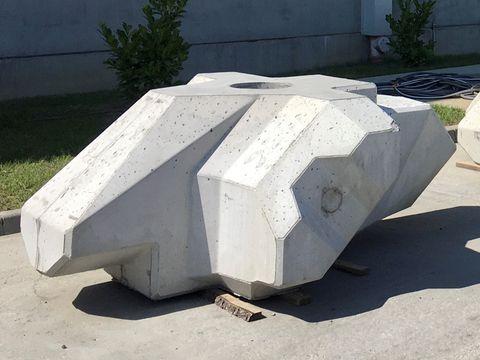












XblocPlus
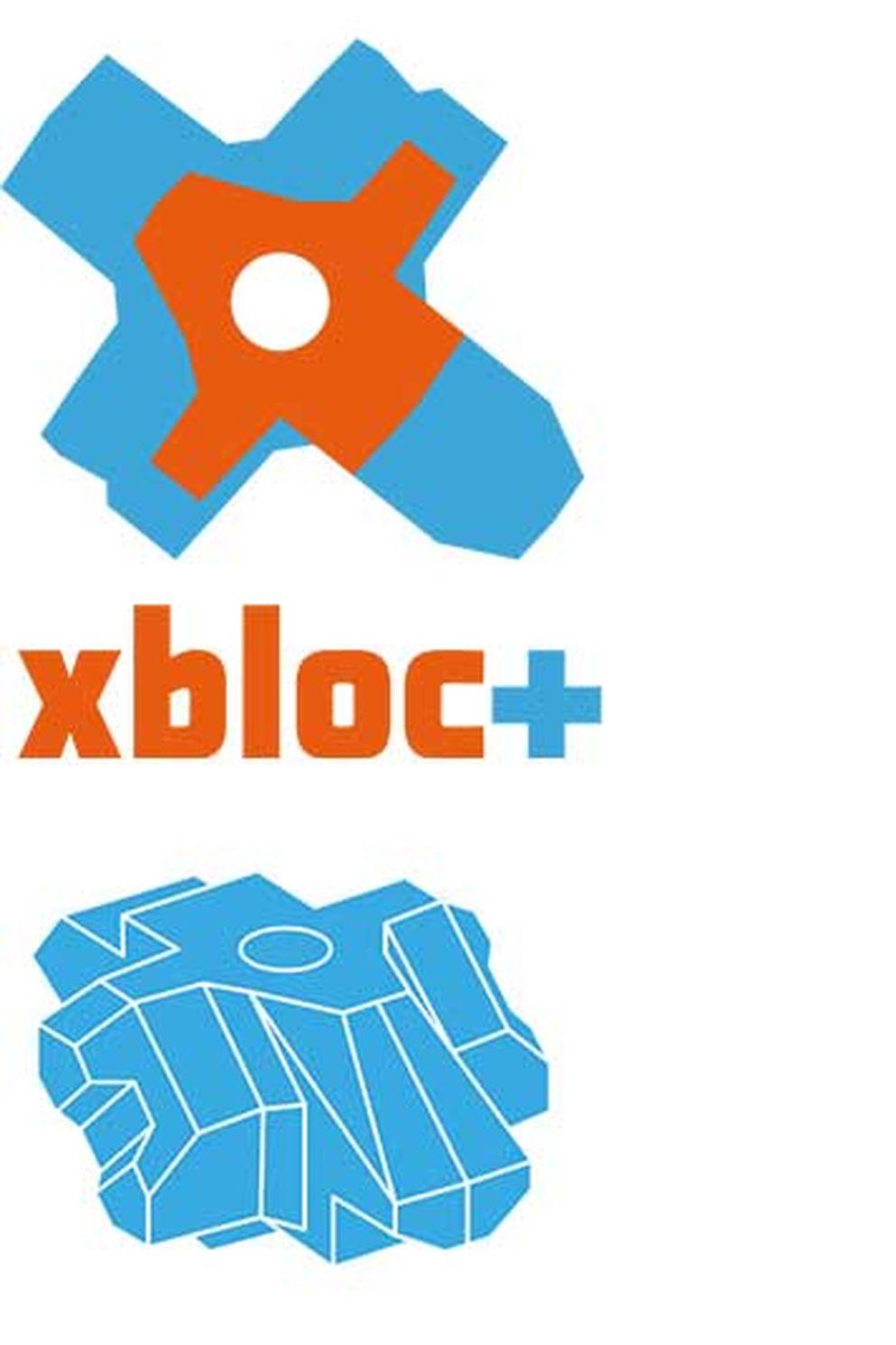
XblocPlus is a pattern-placed interlocking armour unit.
The main advantages are:
- High resilience to climate change;
- Low concrete consumption and CO2 footprint compared to other armour units (same as Xbloc);
- Lowest number of blocks to cover an area (between 25% and 50% less);
- Fast and safe block placement;
- Aesthetically pleasing appearance in line with modern design trends.
XblocPlus was developed between 2015 and 2018. The unit was applied on the Afsluitdijk Project in The Netherlands for the first time; 75,000 blocks were used. The next projects followed immediately in Albania and Poland.
XblocPlus has a higher hydraulic stability than Xbloc, but nonetheless the design is based on a stability coefficient of KD = 12. As a result an XblocPlus structure is a cheaper option offering better protection against future wave conditions. The advantage of increased resilience parameters is that the XblocPlus layer does not need to be replaced by larger blocks if waves higher than the design wave occur in the future. An XblocPlus-armoured structure can be further reinforced if necessary by the addition of extra layers of blocks to reduce wave overtopping. Structure stability after such extension remains sufficient.
A special design feature of the XblocPlus is the circular hole. This hole serves two purposes. Firstly, the presence of the hole reduces wave pressure underneath the blocks and increases the stability of the structure. Secondly, it makes the pick-up, transport and placement of the block much easier - the application of the blocks is thus substantially quicker and safer.
The roof tile-like placement pattern of XblocPlus makes the application fast and straightforward. Such placement pattern is particularly useful on straight and mildly curved breakwater sections and shore protection structures. On sharply curved sections or on roundheads, an adjusted block is applied - it has the same advantages and aesthetic appearance of the XblocPlus layer. On very tight breakwater roundheads, the original Xbloc is applied.
The overtopping with XblocPlus is marginally higher than for the original Xbloc (roughness coefficient 0.45). However, XblocPlus can be combined with XP-Overtop units which reduces the overtopping by 25%-60%. Such a solution also allows to reduce the crest height of a structure to minimize the visual impact of a project on the surroundings and to further reduce the cost and carbon footprint. A track record of the Xbloc and XblocPlus projects can be found here.


